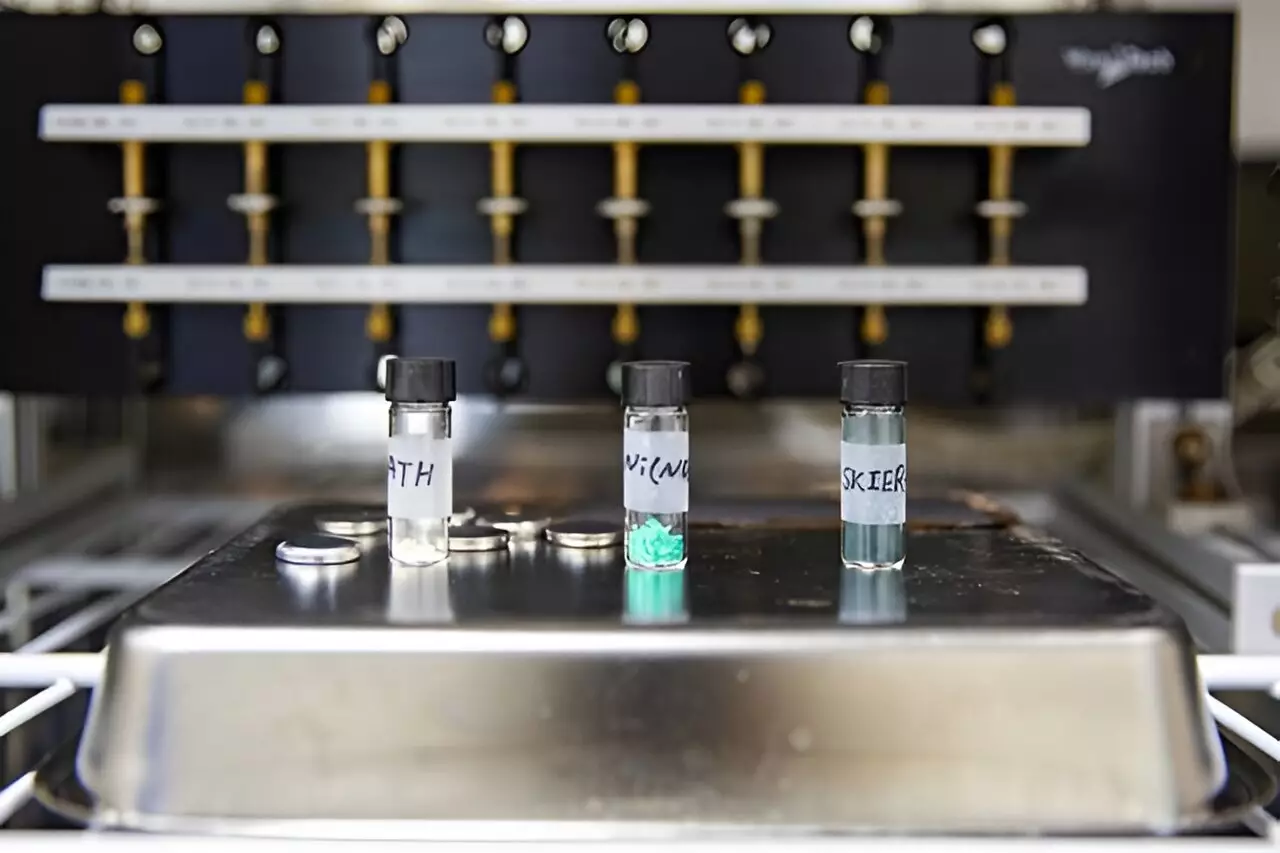The Korea Institute of Energy Research (KIER) recently unveiled a groundbreaking development in lithium battery technology. The new redox-active metal-organic hybrid electrode material, known as SKIER-5, promises to address the challenges faced by conventional graphite anodes in low-temperature conditions. With its remarkable stability at temperatures as low as minus 20 degrees Celsius, SKIER-5 has the potential to revolutionize the use of lithium batteries in a wide range of applications, from electric vehicles to ultra-small electronic devices.
Traditionally, graphite has been the material of choice for anodes in lithium-ion batteries due to its stability and affordability. However, graphite anodes exhibit significant drawbacks when operating in subzero temperatures. Storage capacity drops sharply, and the formation of dendrites on the anode surface during charging can lead to thermal runaway and potential explosions. To overcome these limitations, a team of researchers at KIER led by Dr. Jungjoon Yoo, Dr. Kanghoon Yim, and Dr. Hyunuk Kim set out to develop a superior alternative.
The research team at KIER succeeded in creating a redox-active conductive metal-organic framework named SKIER-5. This innovative material is constructed from a trianthrene-based organic ligand and nickel ions, offering a discharge capacity five times higher than graphite in subzero environments. Notably, SKIER-5 demonstrated a discharge capacity of 440 mAh/g, surpassing the 375 mAh/g achieved by graphite electrodes at room temperature. Even after 1,600 charge-discharge cycles, SKIER-5 showed an increase in capacity, a rare feat in lithium battery technology.
Unlike graphite, SKIER-5 interacts with lithium ions to initiate redox reactions involving electron transfer. This unique mechanism, facilitated by the presence of nickel ions and heteroatoms-based organic ligands, allows for enhanced electron storage and improved discharge capacity. At minus 20 degrees Celsius, SKIER-5 achieved a discharge capacity of 150 mAh/g, five times higher than graphite, thanks to its lower energy threshold for chemical reactions. This attribute ensures stable performance in low-temperature environments where reaction rates typically decrease.
To validate the operating principle of SKIER-5, the research team at KIER utilized high flux X-ray analysis at the Pohang Accelerator Laboratory. The results confirmed the redox mechanism of SKIER-5 and showcased its potential for revolutionizing lithium battery technology. Additionally, first-principles calculations based on quantum chemistry confirmed the crystalline structure of SKIER-5 and accurately predicted its theoretical capacity and reaction voltage. The close alignment between theoretical predictions and experimental results further solidified the exceptional performance of SKIER-5 as a lithium battery anode.
The development of SKIER-5 by the Korea Institute of Energy Research represents a significant milestone in lithium battery technology. With its unmatched stability in low-temperature conditions and exceptional discharge capacity, SKIER-5 has the potential to transform the landscape of energy storage solutions. As the demand for lithium batteries continues to rise across various industries, the emergence of SKIER-5 as a superior alternative to graphite anodes heralds a new era of efficiency and reliability in battery technology.

